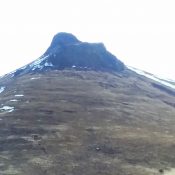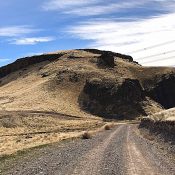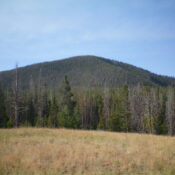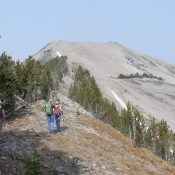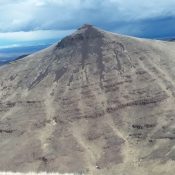
This peak is not in the book. Updated April 2018 Dryden Peak is located in the Western Owyhee Mountains north of Piute Butte and due south of Buck Mountain. The ridge it sits on is the second north-south ridge line east of US-95. This peak has an interesting cone-shaped, cliff-ringed summit. USGS Soldier Cap Squaw Creek and its tributaries cut deep canyons on … Continue reading
